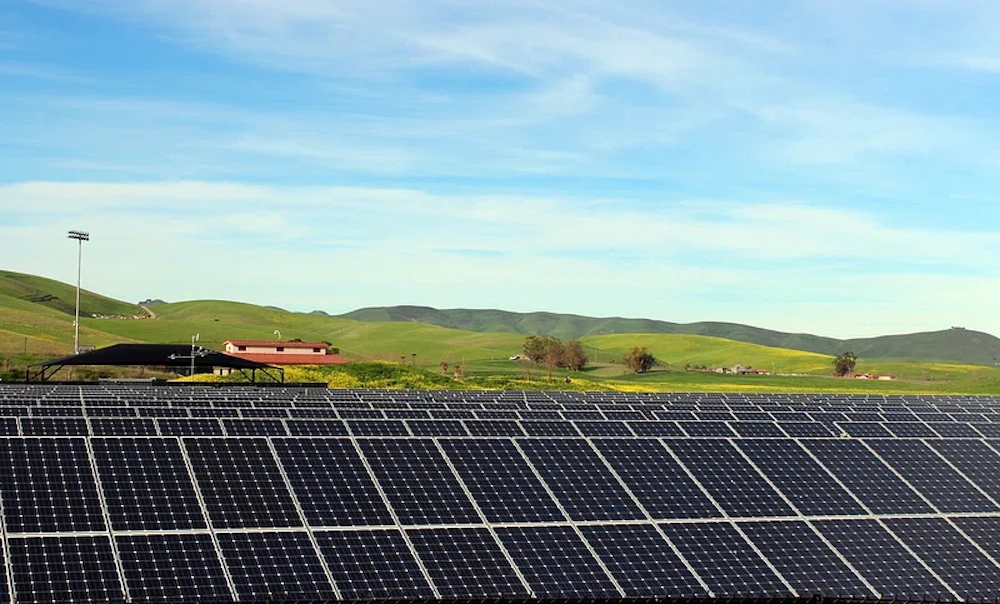Solar panel efficiency stands as a pivotal factor in harnessing clean and sustainable energy from the sun. As technology evolves, improving the efficiency of solar panels becomes a focal point in the quest for more effective renewable energy sources.
Understanding Solar Panel Efficiency
Solar panel efficiency refers to the ability of a panel to convert sunlight into electricity. It’s measured by the percentage of sunlight that hits the panel and gets converted into usable electricity. Currently, most commercial solar panels have an efficiency ranging from 15% to 22%, with some high-end panels pushing towards 25% efficiency. However, research and development continue in a bid to enhance this efficiency.
Factors Influencing Efficiency
- Material Innovation: Different materials affect the efficiency of solar panels. Silicon-based photovoltaic cells dominate the market due to their stability and relatively high efficiency. However, advancements in materials like perovskite and thin-film solar cells show promise for higher efficiency rates and lower production costs.
- Cell Design and Architecture: Innovations in panel design, such as bifacial panels that capture sunlight from both sides or multi-junction cells that utilize various layers to capture different wavelengths of light, have contributed to efficiency gains.
- Anti-Reflective Coatings: Coatings that reduce reflection and increase light absorption on the panel surface enhance overall efficiency by allowing more photons to be converted into electricity.
- Temperature Tolerance: High temperatures can reduce solar panel efficiency. Research is ongoing to develop panels that can maintain efficiency even in hotter climates.
The Quest for Greater Efficiency
Scientists and engineers are continuously exploring avenues to enhance solar panel efficiency for broader adoption and improved sustainability:
- Perovskite Solar Cells: These emerging solar cells have gained attention due to their rapid efficiency improvements and potential cost reductions. They offer a new approach to solar energy by using cheaper materials and easier manufacturing processes.
- Tandem Solar Cells: By combining different materials with complementary absorption properties, tandem solar cells aim to capture a wider spectrum of light, potentially achieving higher efficiencies than traditional single-junction cells.
- Nanotechnology: Integrating nanomaterials into solar cells opens up possibilities for improving light absorption, electron transport, and overall cell efficiency.
Impact and Future Prospects
Enhanced solar panel efficiency translates into more electricity generated per square meter of panels installed. This means increased energy output without significantly expanding the physical footprint of solar installations.
As efficiency improves and manufacturing costs decrease, solar power becomes more competitive with conventional energy sources. This advancement plays a crucial role in the global shift towards renewable energy, reducing carbon footprints, and mitigating climate change.
While challenges such as cost, scalability, and environmental impact persist, ongoing research and development hold the promise of achieving even greater efficiency in solar panels. As technology evolves, solar energy continues to emerge as a cornerstone of sustainable energy solutions, offering a brighter and cleaner future for generations to come.

